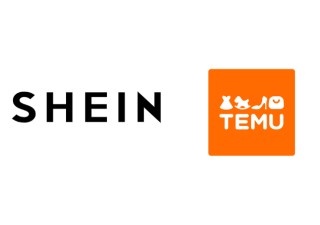While all the spotlight is on INTA, the Hong Kong office of DLA Piper has gathered the firm's representatives across jurisdictions to update brand owners with new trademark and copyright laws, customs procedures as well as IP trends.
"There are positive changes in the latest trademark laws in China such as the introduction of sound marks, enhancing the efficiency of the trademark office and increasing the maximum statutory damages for infringement from ¥500,000 (US$80,300) to ¥3 million (US$482,000)," says Edward Chatterton, a foreign legal consultant at the Hong Kong office. "On the other hand, the introduction of multi-class application might adversely impact mark owners, as infringers could pass off multiple classes of goods with less paperwork and lower costs. Another negative change is the removal of the appeal right once an opposition decision is granted."
Besides trademarks, the China General Administration of Customs (GAC) has launched a new online recordation system from March 1, 2014. "The new system allows the entire application for IP recordation with the GAC as well as any subsequent updates to go paperless," Chatterton says. "Before this system, IP owners not only needed to complete an online application form, but also needed to submit the form in hard-copy together with other supporting documents to the GAC for recordation - the new system is expected to improve efficiency, accuracy and reliability of recordation significantly."
In Australia, the government has recently released the Australian Law Reform Commission report on Copyright and the Digital Economy, which is a recommendation that the country should abandon its current raft of fair dealing defenses for a defense of fair use, says Melinda Upton, a partner at the Sydney office.
In the US, cases In the fashion sector involving celebrities' publicity rights have both increased in number and complexity. There are unintentional endorsement claims, as retailers put photographs of celebrities on their products without authorization. "Brands therefore have to be very careful on using celebrities' names and pictures," says Gina Durham, a partner at the San Francisco office.







